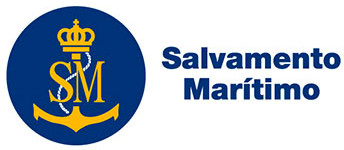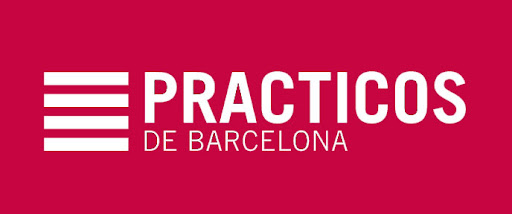MANOEUVRING PREDICTION TECHNOLOGIES IN SHIP HANDLING FOR TRAINING AND USE ON-BOARD
Overview & New Developments
DOI:
https://doi.org/10.5821/mt.12828Keywords:
Shiphandling, Manoeuvring prediction, Maritime Education and Training, Fast-Time SimulationAbstract
In ship handling practice several manoeuvring prediction technologies are used to have a better insight into the development of ships motion. There is a historic development from very simple methods based only on the measurement of current ship motions up to high-tech innovative technologies where complex models of ship manoeuvring dynamics are used to forecast the response on commanded ruder, engine or thruster application or even external effects as wind and shallow water immediately for a suitable time period of the future motion.
In the paper the already known technologies will be compared with potential new methods from single up to multiple prediction and step ahead prediction with unrivalled extension of the decision horizon.
The SAMMON software system for “Simulation Augmented Manoeuvring Design, Monitoring & Conning” will be used to analyse the different prediction methods This system has been developed and matured over years, and promising experiences were made at the Maritime Simulation Centre Warnemuende MSCW.
The software is based on the innovative “Rapid Advanced Prediction & Interface Technology” (RAPIT) to simulate the ships motion with complex dynamic math models and to display the ships track immediately based on Fast Time Simulation in an Electronic Sea Chart.
Using this technology provides insights into the potential benefits in safe and efficient ship operation of the prediction methods discussed both for simulator training and future on-board application.
The benefits for increasing the effectiveness of lecturing and simulator training using these methods are obvious specifically for complex manoeuvring systems and will be made visible in this paper by using ships both with twin screw and azimuth propulsion for discussion of manoeuvring effects.



















